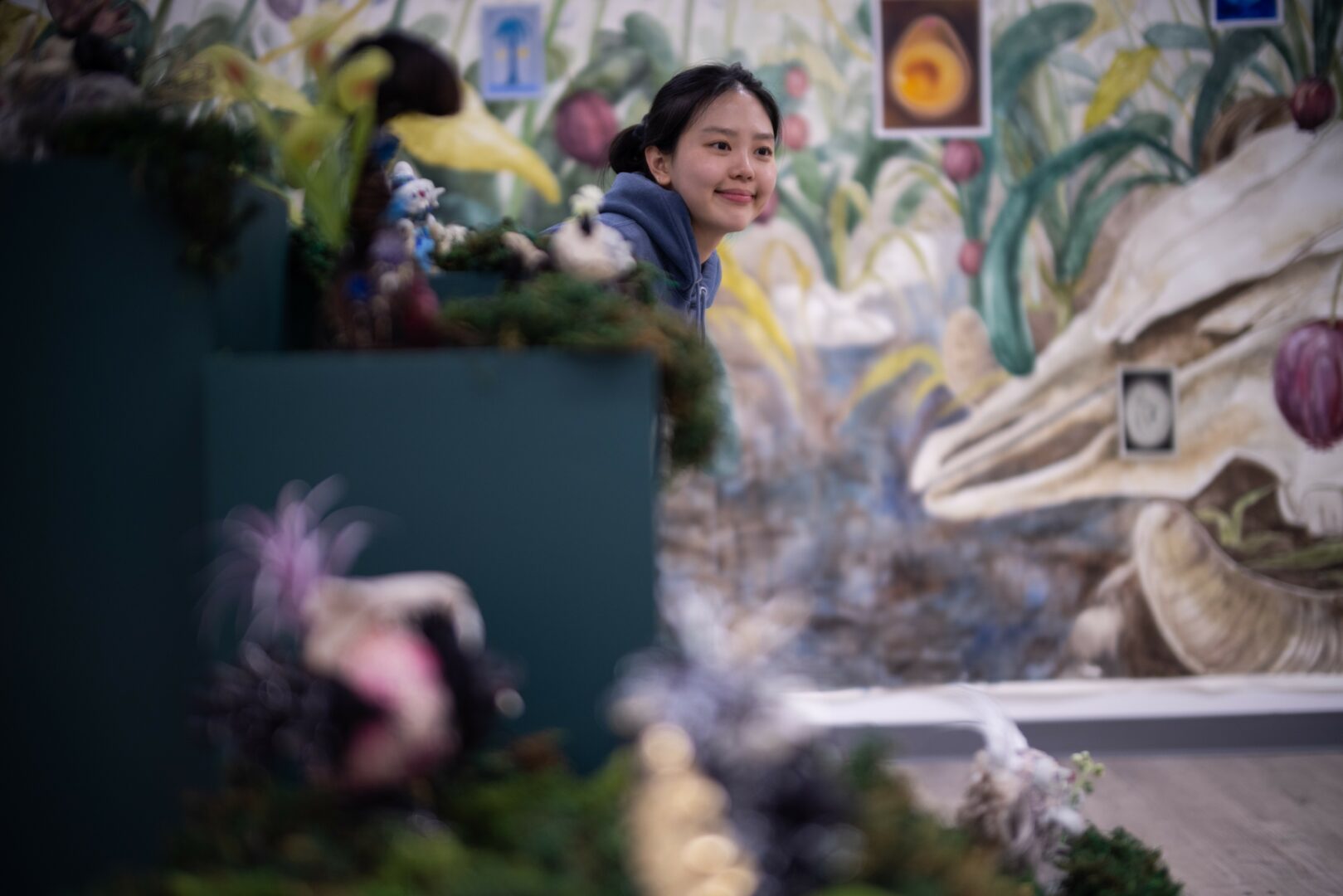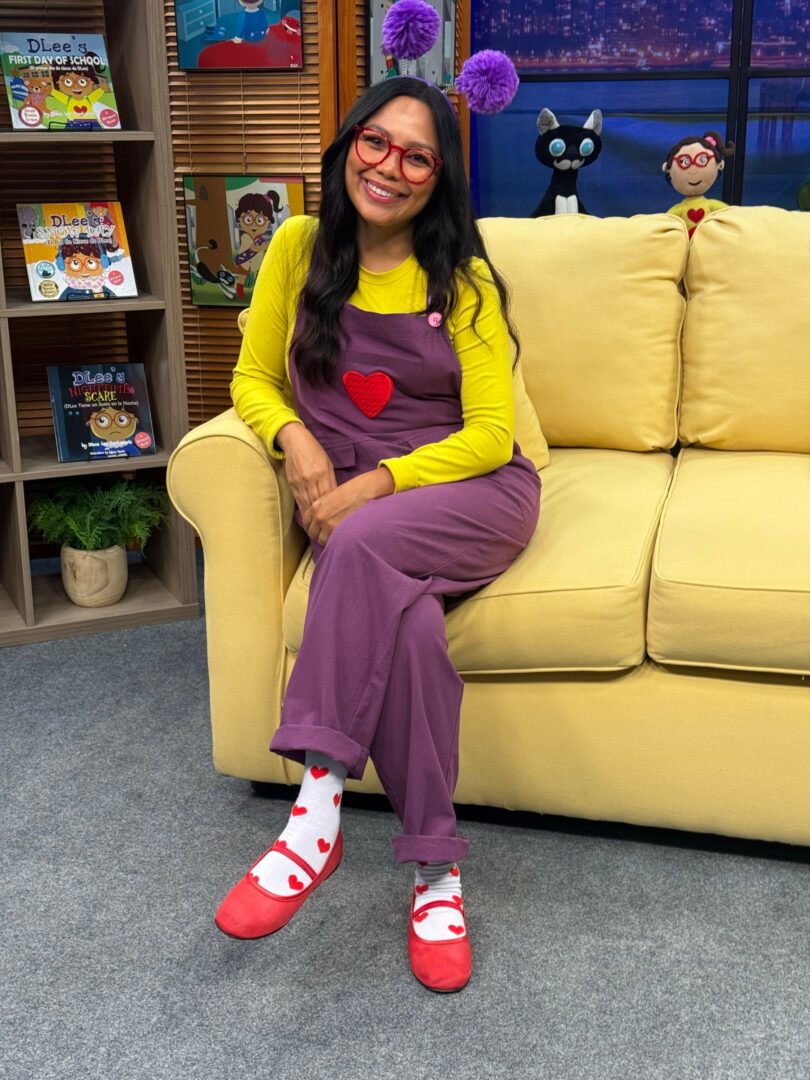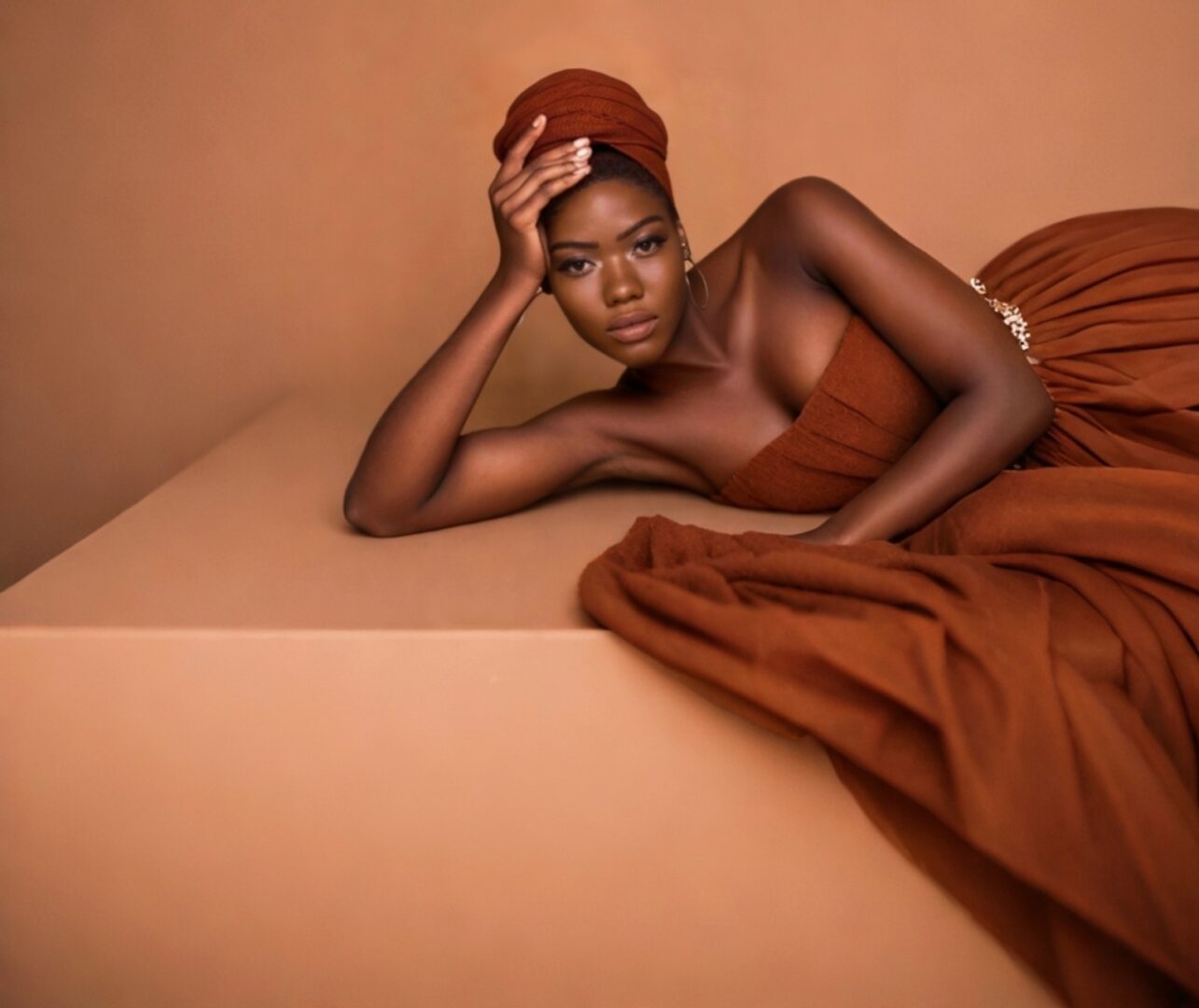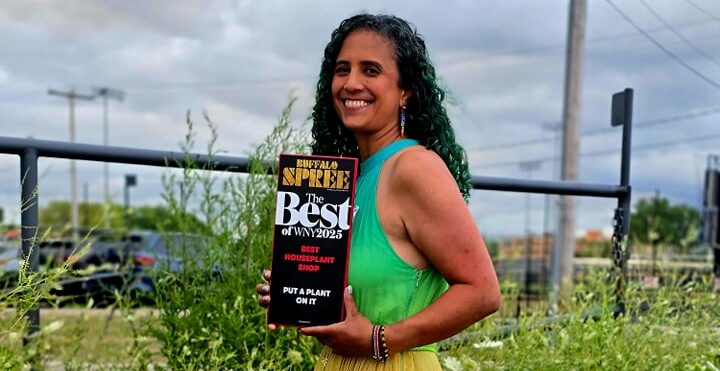We caught up with the brilliant and insightful Beki Song a few weeks ago and have shared our conversation below.
Beki , so great to have you with us and we want to jump right into a really important question. In recent years, it’s become so clear that we’re living through a time where so many folks are lacking self-confidence and self-esteem. So, we’d love to hear about your journey and how you developed your self-confidence and self-esteem.
I tend to find confidence through my work. It’s really a sense of accomplishment that gives me self-esteem. When I’m in the process of making something, or when I feel satisfied with the result, I feel like I can hold onto my self-worth.
But when I’m too busy or don’t have enough time to work, or when I don’t like how a piece turns out, my self-esteem tends to drop a lot. Still, I try to be kind to myself. I believe we grow through mistakes and failures.
These days, I feel like I fail a little less than I used to when I first started making work. And that gives me a sense of growth and helps build my confidence. I’m not as afraid of making anymore—I just go for it.
And I think that’s part of the reason I was able to produce enough work—both in quality and quantity—to have a solo exhibition at Temple Gallery in New York. I feel really lucky and grateful to be showing my work there right now. The title is “A Quiet Wildness.”
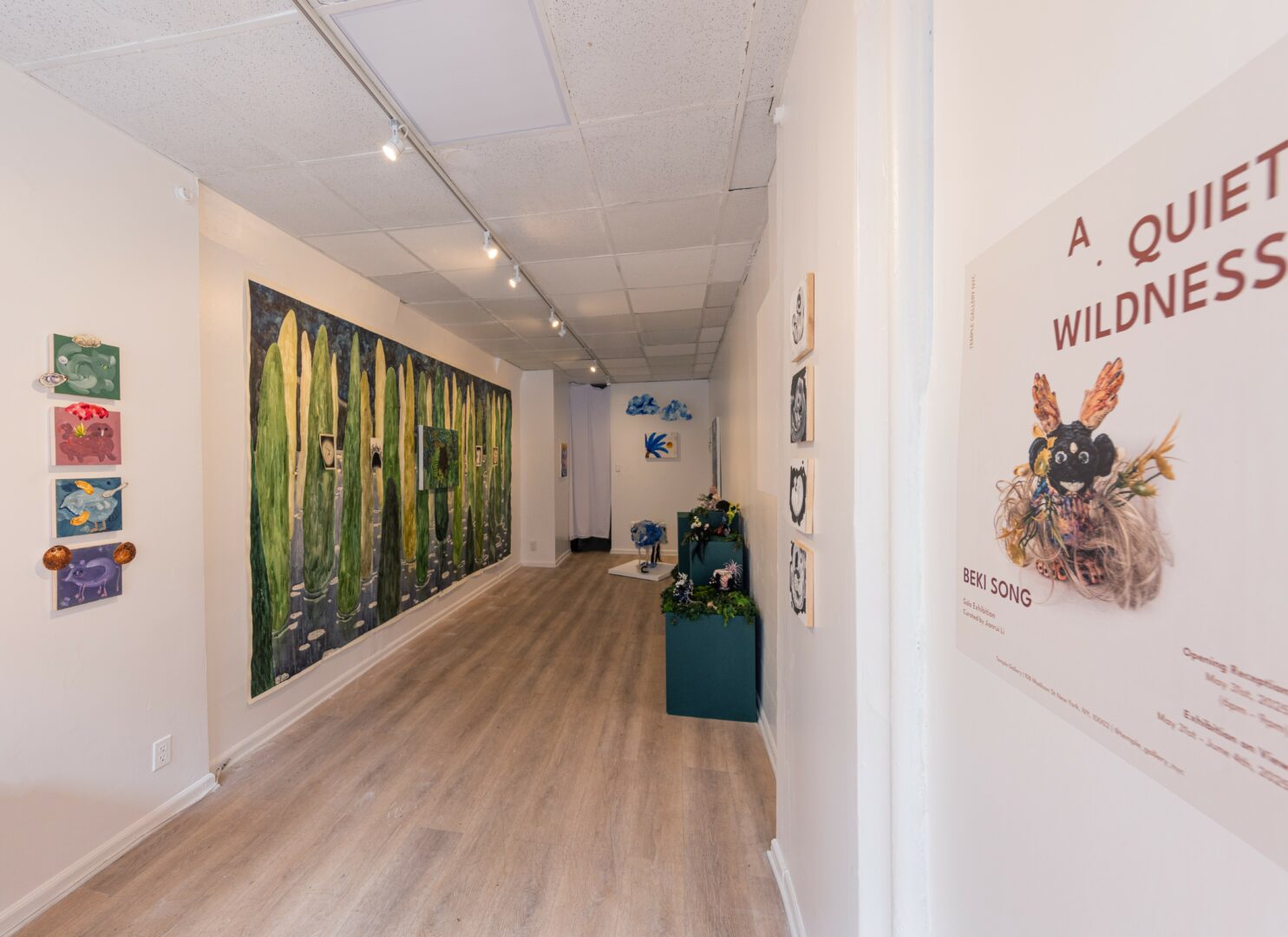
Let’s take a small detour – maybe you can share a bit about yourself before we dive back into some of the other questions we had for you?
I’m a visual artist working mainly with sculpture and painting. My work begins from a kind of confusion about love—especially the kind of feelings that are childlike and naïve. I think when you’re making art, love becomes an unavoidable subject. And for me, I often find myself idealizing it, seeing it through a lens of fantasy, like a child might.
But love also brings fear, obsession, and pain—feelings that are often hidden or pushed aside. I try to make sculptural beings that carry those emotions, and I build spaces where they can exist.
I think of these beings as expressions of the “wildness” that lives inside us. I call them wild babies—they exist somewhere between human and monstrous. They often express emotions more honestly than adults do, and in making them, I often come face-to-face with my own emotional states.
Lately, I’ve been expanding my practice by creating sculptures as large as my upper body, combined with wall drawings and paintings as part of immersive installations. My current solo exhibition, “A Quiet Wildness” at Temple Gallery in New York, is one of the first results of that new direction.
The show includes sculptural pieces with personal symbols—like floating cell-like creatures that resemble life in the womb, and a figure with the body of a unicorn and the head of a mouse. That one, in particular, holds a very personal meaning for me. The work might feel strange or unsettling at first, but if viewers can find a thread of honest emotion in it, that would make me really happy.
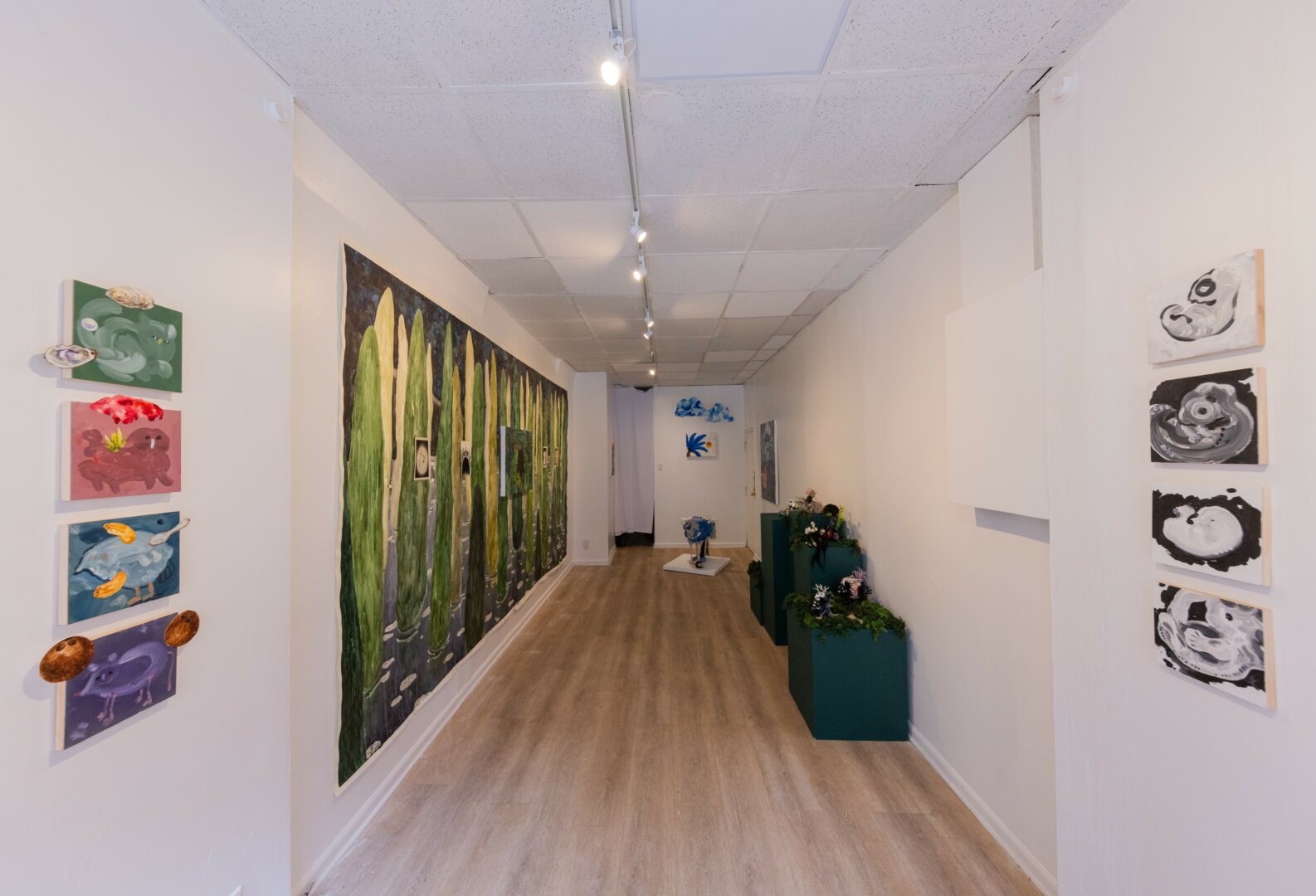
Looking back, what do you think were the three qualities, skills, or areas of knowledge that were most impactful in your journey? What advice do you have for folks who are early in their journey in terms of how they can best develop or improve on these?
Looking back, I think the three most important things in my journey have been perseverance, honesty, and passion.
Perseverance is simply the ability to keep going. There are so many days when I don’t like what I’m making—but I don’t give up. I keep working, editing, and pushing the piece until it finally feels right.
The second is honesty. Instead of trying to make something people will like, I try to be honest about how I’m feeling in the moment, and express that as sincerely as I can. I think art always has trends, and honestly, I’m not very good at following them. But I try to stay true to my own voice, even if it doesn’t quite fit in.
And lastly, passion. It’s very close to perseverance, but I think it’s what fuels it. That hunger, that drive—it’s what keeps me moving forward, even when I feel like giving up. And I do feel like giving up, a lot. But passion keeps me going. I still want to make things, no matter what.
For anyone just starting out, I’d say—try not to rush. (I say this to myself, too. I’m constantly rushing.) It’s so easy to compare yourself to others, too. But art takes time. You have to fail, to be disappointed, to sit with the discomfort—that’s how your unique voice starts to form.
And believing in yourself. That doesn’t come from anyone else. It comes from showing up to your work again and again, even on the hard days.
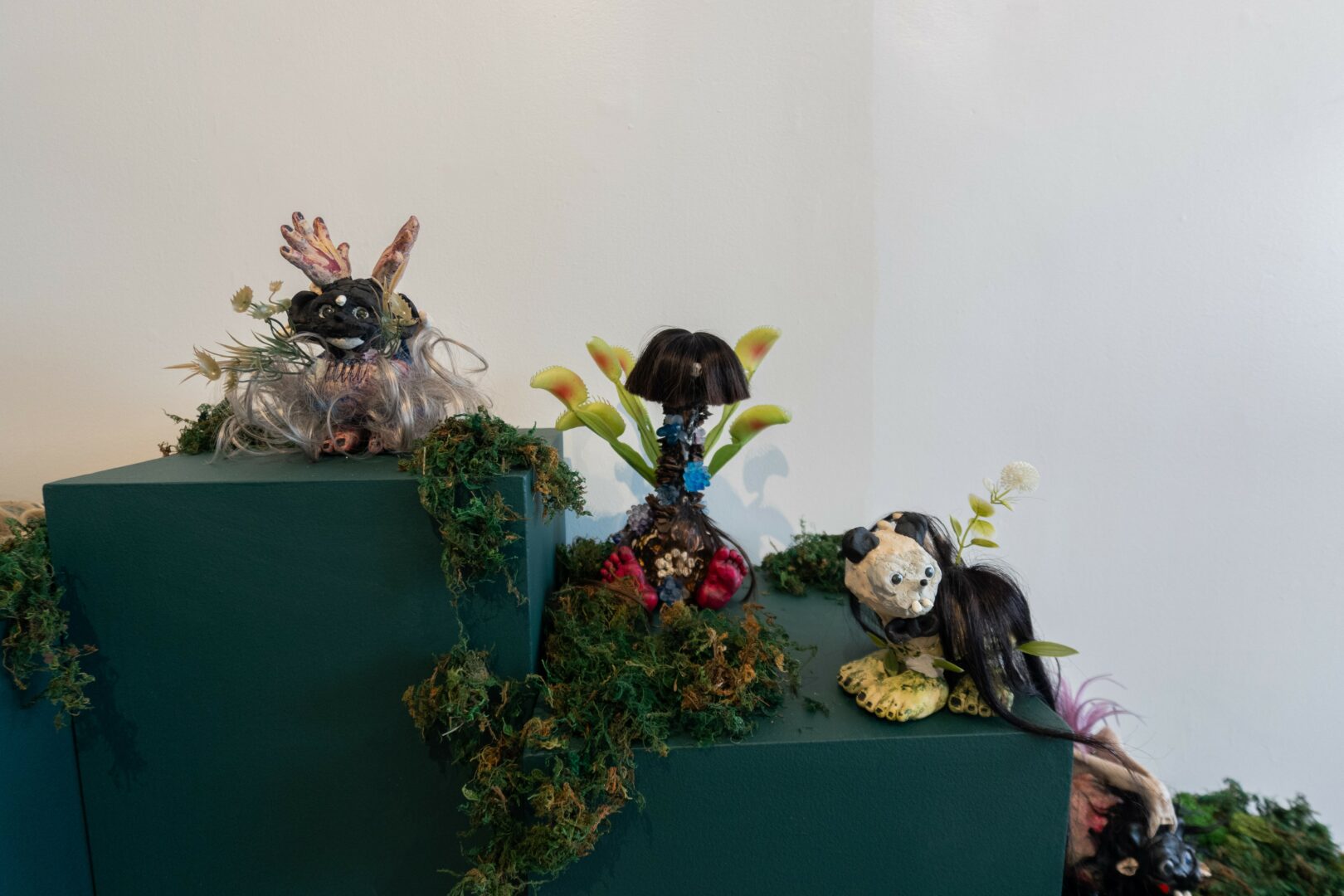
What has been your biggest area of growth or improvement in the past 12 months?
Over the past year, I think the biggest area of growth for me has been learning to trust my work and developing a deeper sense for installation.
While preparing for my solo exhibition at Temple Gallery, I created an entire environment for my sculptures for the first time.
In the past, I focused mostly on making individual pieces—I didn’t think much about how they would be shown together. But for this show, I planned everything from start to finish: how the sculptures, wall drawings, paintings, and mural could create one continuous flow. I sketched the layout, thought through the lighting, the movement of the viewers, even the emotional weight of each sculpture in the space.
At first, it felt overwhelming. I kept asking myself, “Can I really do this?” But by taking the risk and diving in, I felt—maybe for the first time—that I was truly building a world for my work to live in.
So this exhibition isn’t just about showing new pieces. It’s also a deeply personal moment where I feel I’ve stepped into the next phase of who I am as an artist.
Contact Info:
- Website: https://bekisong.cargo.site/
- Instagram: https://www.instagram.com/bbekisong
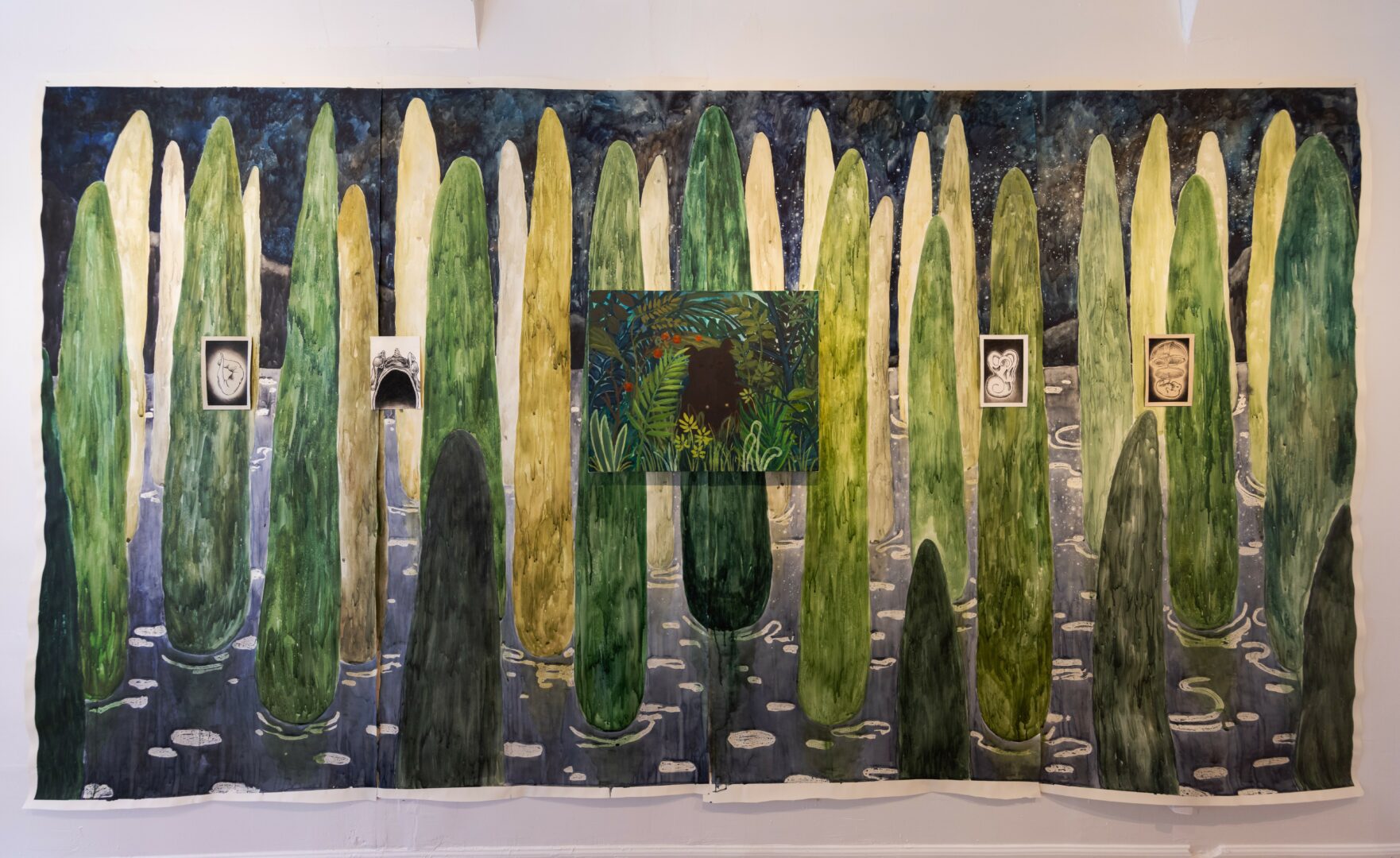
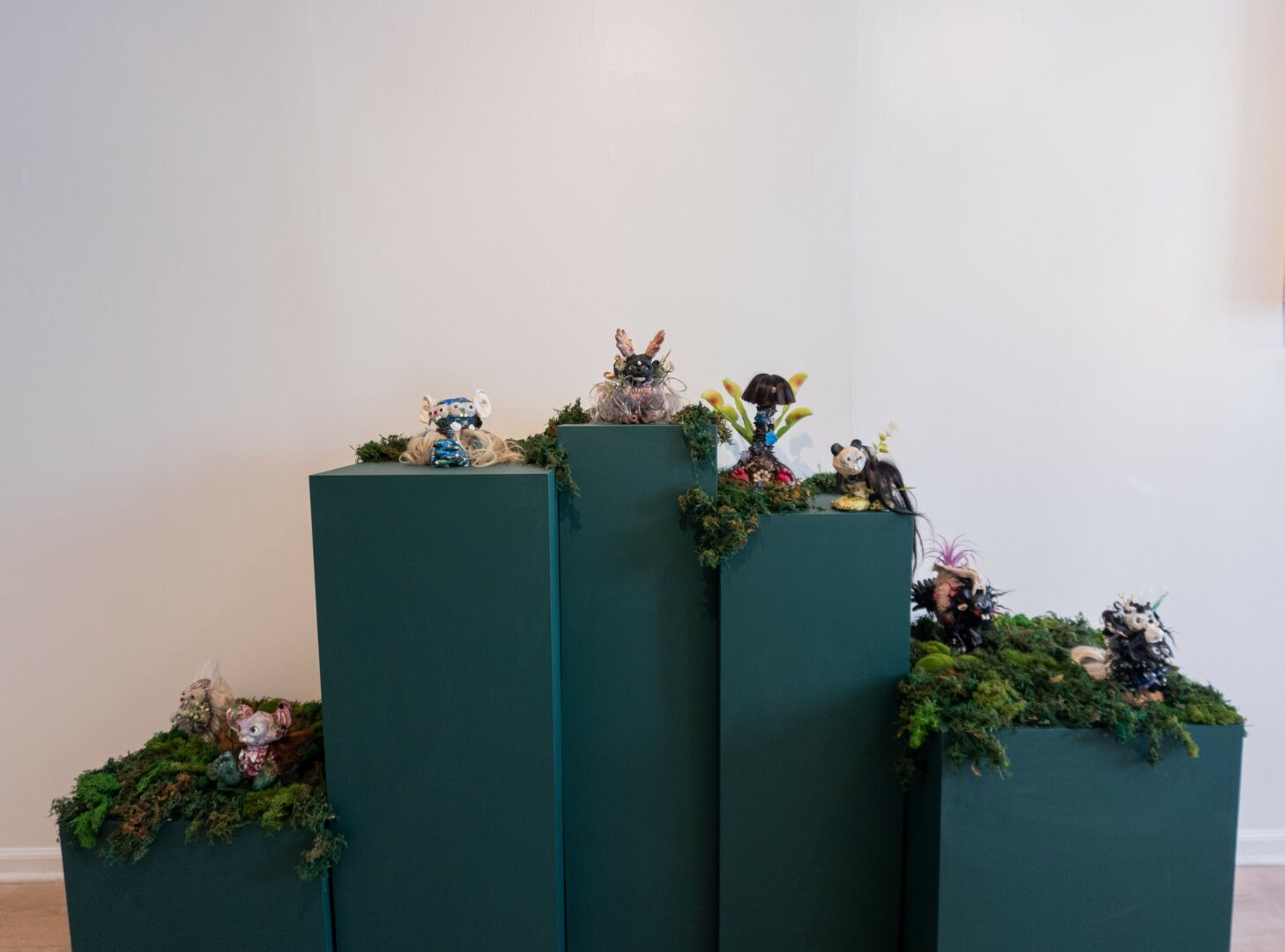
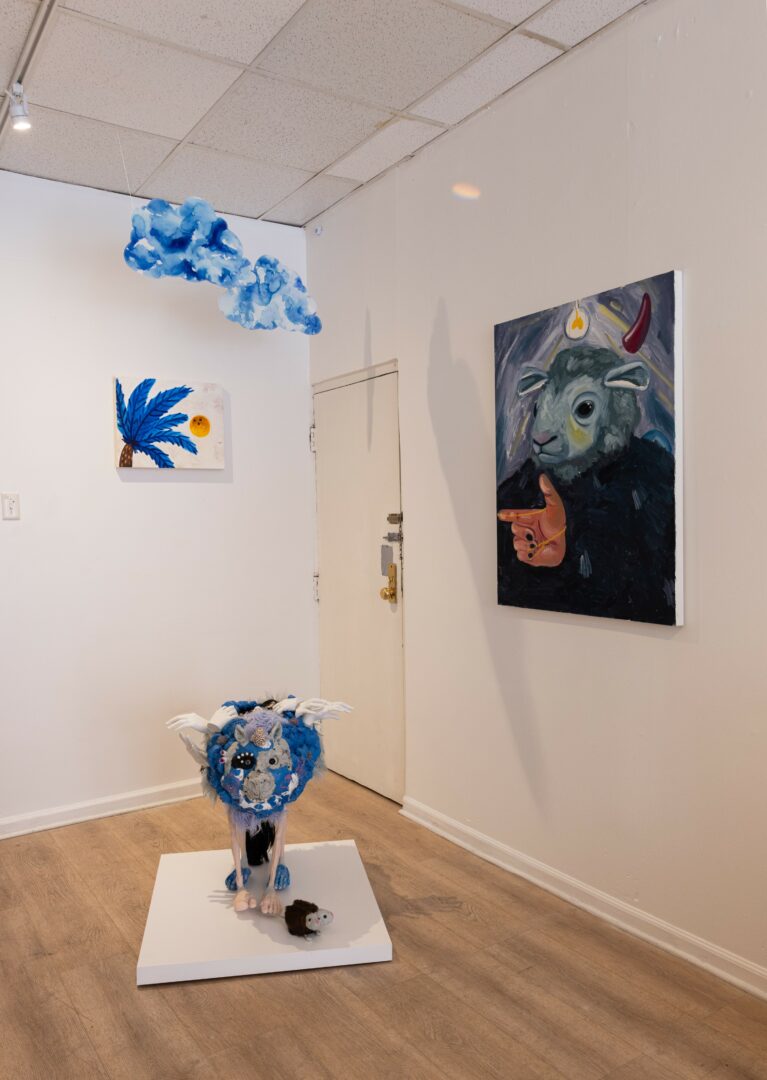
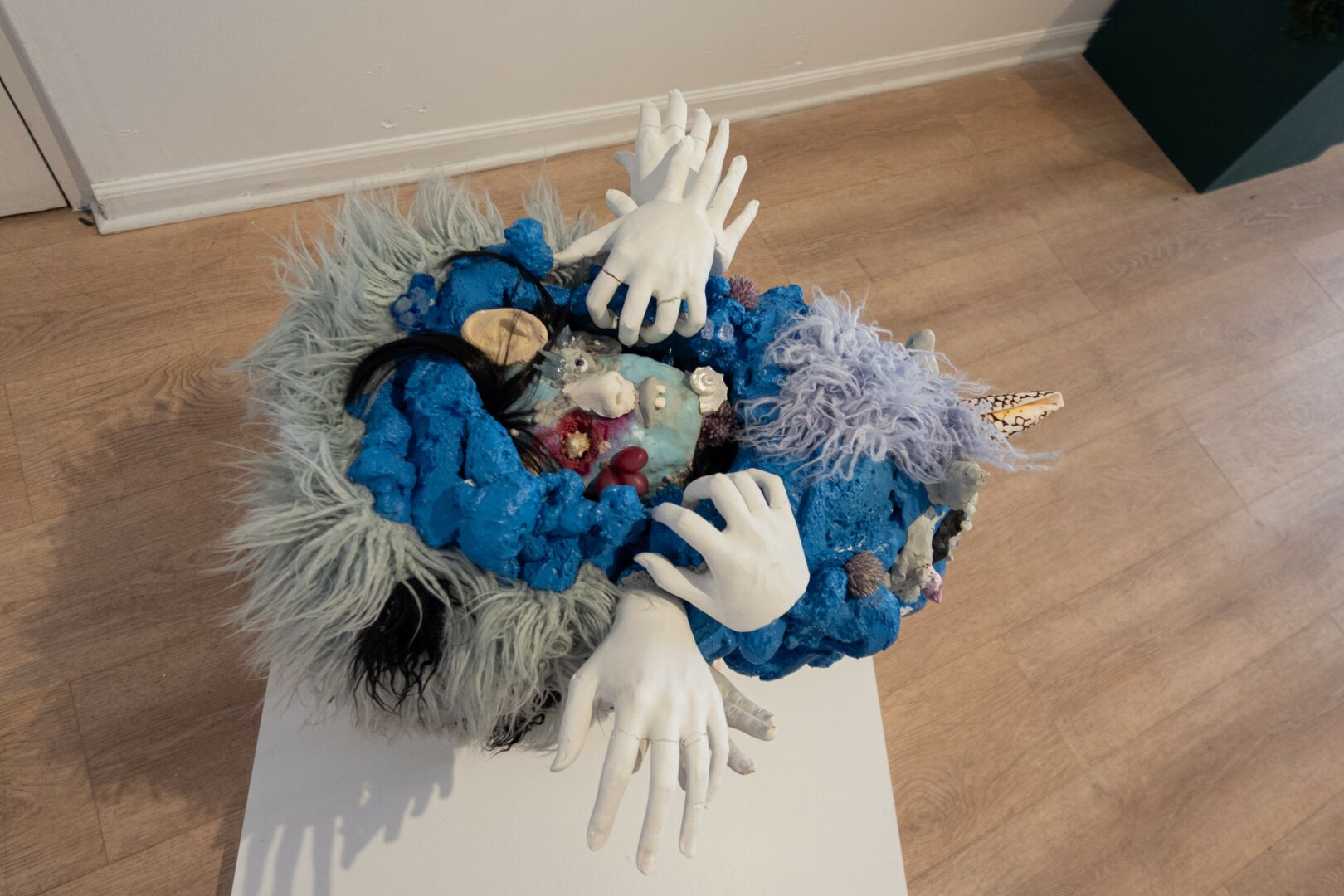
Image Credits
Daniel Chou
so if you or someone you know deserves recognition please let us know here.

